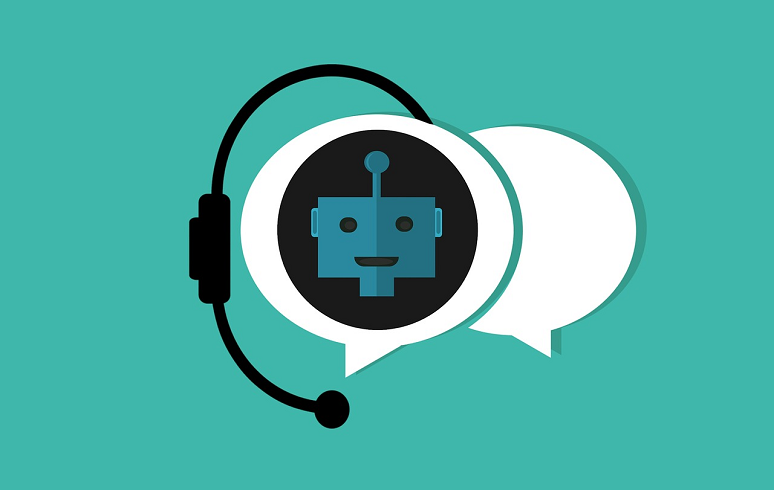The latest research on the subject from Gartner has a discouraging headline: “Only 8% of Customers Used a Chatbot During their Most Recent Customer Service Interaction.” And how did that go for them? Not so well. Among this already-small base, “just 25% said they would use that chatbot again in the future.”
Gartner found that chatbots were most useful for a handful of tasks. Returns and cancellations ranked highest in the research; chatbots successfully handled 58% of these interactions. Fifty-two percent of orders/purchases via chatbot succeeded, as did 43% of requests for account information. Honestly I’m kind of surprised—requests for account information seem like the most straightforward possible things to ask of a chatbot, while returns or cancellations seem like they could be trickier, as can some ordering. Regardless, when the best a chatbot can do is 58% success, it would seem like time to reassess.
That’s to say nothing of the areas where chatbots did unquestionably poorly: Billing disputes (17% resolution); change in product/service (18%); and information on product/service (19%). That last one is almost kind of shocking—chatbots can’t even fetch product information to customers’ satisfaction? No wonder only 8% of users bothered with them in the first place.
The survey also showed that customers don’t know where chatbots are effective—and where they’re not. Thank goodness for generative AI, coming to rescue customer self service…right? Actually, Gartner states that generative AI may only make the situation worse by adding to customer confusion, suggesting, “It’s up to service and support leaders to guide customers to chatbots when it’s appropriate for their issue and to other channels when another channel is more appropriate.”
That may be the only answer to chatbots’ ineffectiveness: Admit they can’t handle every single customer inquiry, and move the customer as quickly as possible to a place where they can get help—even if it’s a live agent. Instead, too many enterprises seem to take the position that, if a chatbot answers even one customer’s question and keeps a call out of the agent queue, it must be a win.
Maybe it’s even time to retire the whole concept of the chatbot, and come up with some new UI paradigm. Customers seem to have largely written off chatbots; if they got better—I mean, actually got better--would anyone notice, or believe it if you told them? We all know the drill: You see the chatbot pop up on the home page on which you’ve landed, you scan it to see if it looks any different from all the others, and when it doesn’t, you embark on the hunt to find where they’ve hidden the “X” to clear the thing out of your way.
People will use self-service that works. Chatbots, for the most part, don’t work. Something like an improved, next-generation chatbot powered by generative AI might be the answer. But first, enterprises should take a hard look at what they’re offering now.








